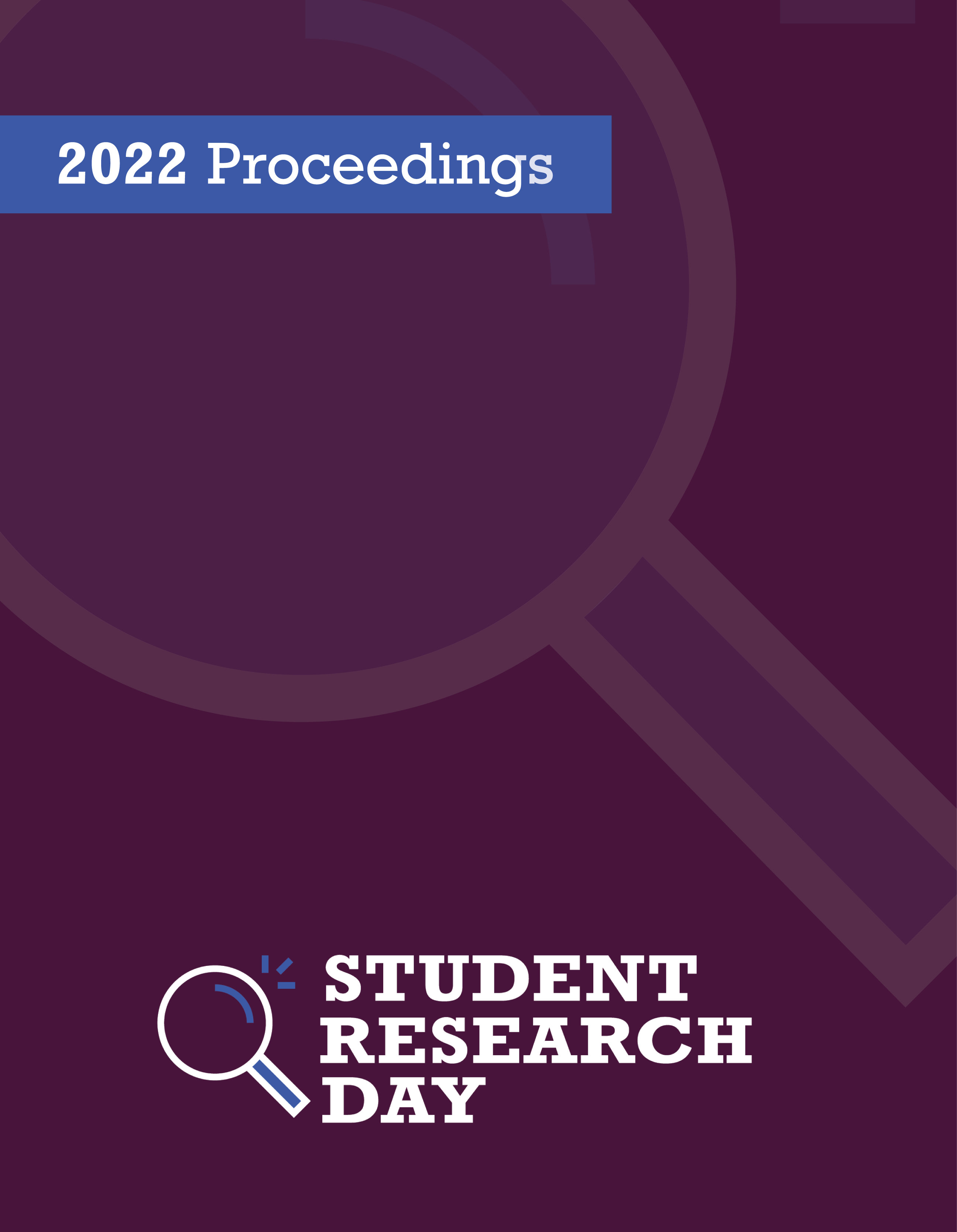Weaving Womanhood: Unraveling the Complexity of Women’s Agency in the Viking Age
Abstract
Gender identity and women’s roles within the Viking Age (8th-11th CE) has long been a subject for inquiry, competing against Victorian gender norms and patriarchal bias, the idea that women had any power was only a subject for sagas and myths. Consequently, they have been interpreted as occupying a private and secluded domestic space. However, women’s agency can be unraveled by exploring mortuary and grave good analysis, along with a focus on textile production and the creation of cloth as currency. Evidence uncovered showcases women’s ability to negotiate their roles, achieving high levels of status, portraying women’s domesticity in a more public light, allowing them agency within a world of men. Historical and Archaeological analysis supports that Norse women were the primary weavers, responsible in the production of cloth. Textile production was an important commodity for trade within the Viking Age and its prevalence in urban centers suggests that women maintained a central position in the earliest economies of Scandinavia’s Viking Age towns. Furthermore, the prevalence of woven cloth may have been a precursor to the reliance of textiles as a currency within the Medieval period of Scandinavia. For example, women’s agency was amplified by the creation of vađmal (home spun cloth) which became the primary form of currency in twelfth century Iceland, escalating women to the helm of the economy.
Department: Anthropology
Faculty Mentor: Dr. Cynthia Zutter
Published
Issue
Section
License
Authors retain any and all existing copyright to works contributed to these proceedings.



